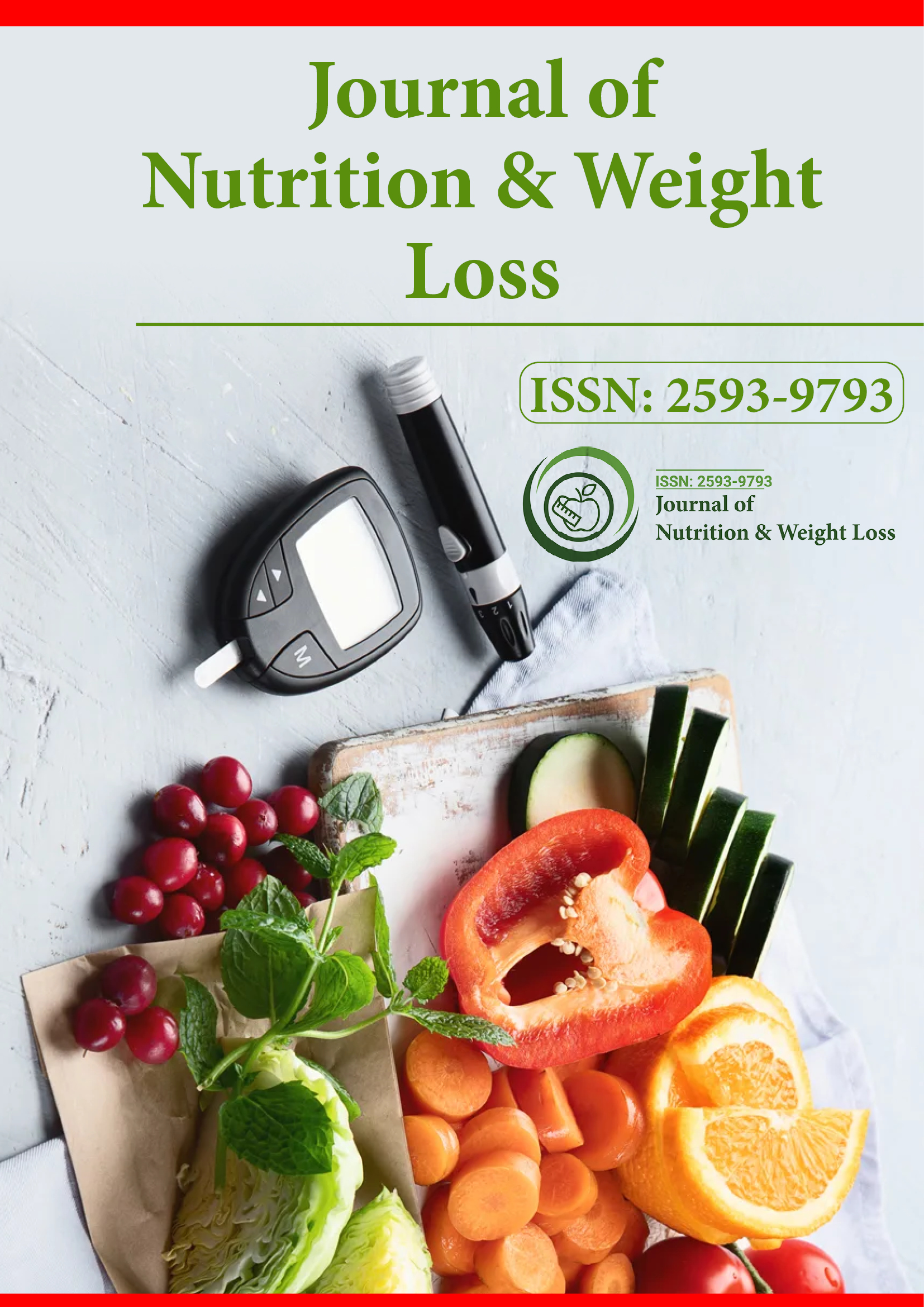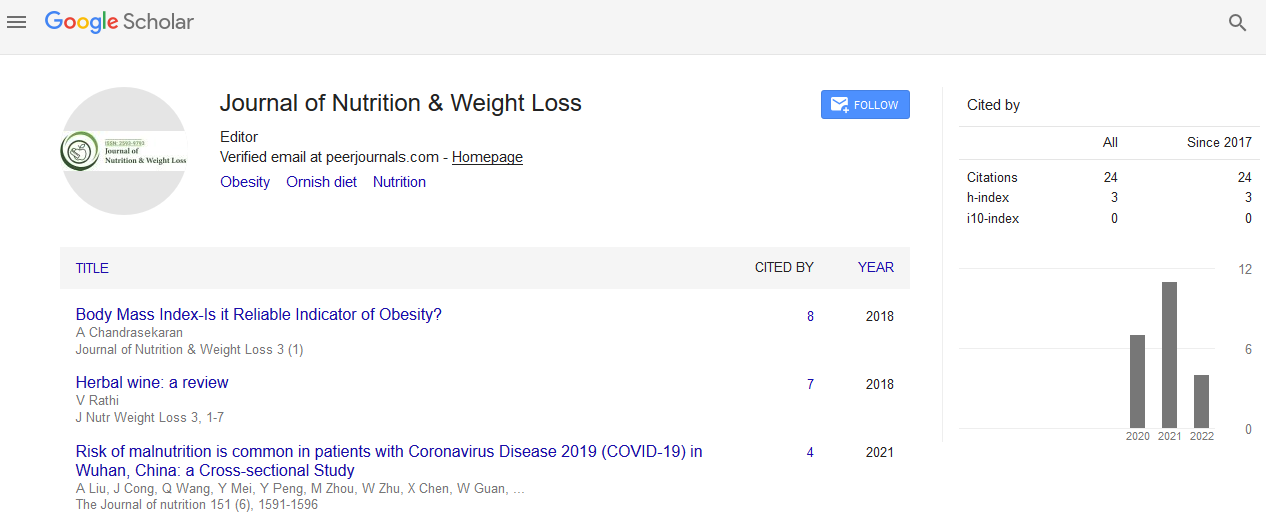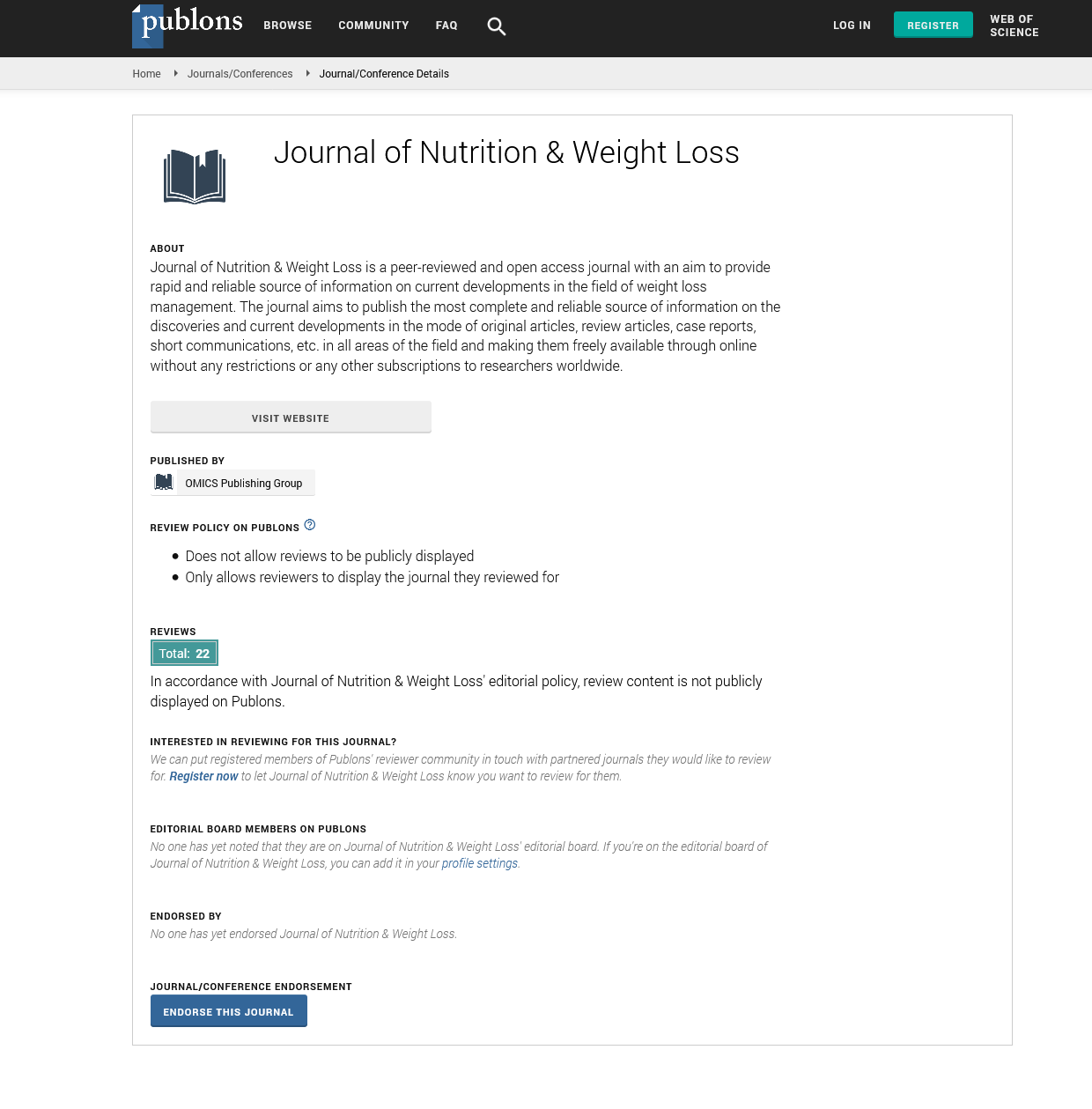Indexed In
- RefSeek
- Hamdard University
- EBSCO A-Z
- Publons
- Euro Pub
- Google Scholar
Useful Links
Share This Page
Journal Flyer

Open Access Journals
- Agri and Aquaculture
- Biochemistry
- Bioinformatics & Systems Biology
- Business & Management
- Chemistry
- Clinical Sciences
- Engineering
- Food & Nutrition
- General Science
- Genetics & Molecular Biology
- Immunology & Microbiology
- Medical Sciences
- Neuroscience & Psychology
- Nursing & Health Care
- Pharmaceutical Sciences
Abstract
Prevalence and Factors Associated with Acute Malnutrition among Children
Background: Acute malnutrition among children is common in developing countries. Ethiopia is one of the Sub-Saharan African countries with high level of child malnutrition. This study aimed to assess the prevalence of acute malnutrition and associated factors among children aged 6-59 months in Kamashi district, Benishangul Gumuz Region, Ethiopia.
Methods: A community based cross-sectional study design was conducted from October 26 to December 15, 2019, at Kamashi district. Eight hundred fourteen children were included in the study. The sample size was calculated using a single population proportion formula. Multistage sampling technique was employed to select children from households. Data was collected using structured questionnaire and anthropometric measurements were taken. Descriptive and analytical data analysis was done using SPSS.
Results: About 10% of children, aged 6-59 months in Kamashi district were acutely malnourished (95%CI:8.7- 13.1). From these, 5.5% (95%CI: 4.5-7.9) were moderately malnourished and 4.3% (95%CI: 3.4-6.4) were severely malnourished. About 0.4% children had edema. Children from care givers who attended primary (AOR=0.16, 95% CI: 0.06-0.41) or secondary education (AOR=0.21, 95%CI: 0.07-0.68), children who had been vaccinated to their age (AOR=0.38, 95%CI: 0.18-0.82) and children from mothers who attended postnatal care (AOR=0.13, 95%CI: 0.06-0.30) had lower odds of having acute malnutrition. On the other hand, children who had history of fever in the two weeks preceding the survey (AOR=4.01, 95%CI: 1.86-8.66), those children from families with <2 number of under-five children (AOR=3.63, 95%CI: 1.60-8.31) and children with lower birth interval (AOR=3.27, 95%CI: 1.75-6.12) had higher odds of developing acute malnutrition.
Conclusion: Acute malnutrition among children in Kamashi district was high. Increasing girl’s education may help to reduce acute malnutrition among children in Kamashi district. In addition, the district health office shall increase postnatal care attendance and vaccination at age to reduce acute malnutrition among children. The district health office shall work to increase inter-birth interval and prevent febrile illnesses among children.
Published Date: 2022-02-21; Received Date: 2022-01-21


